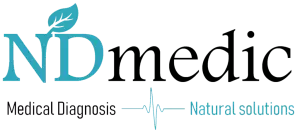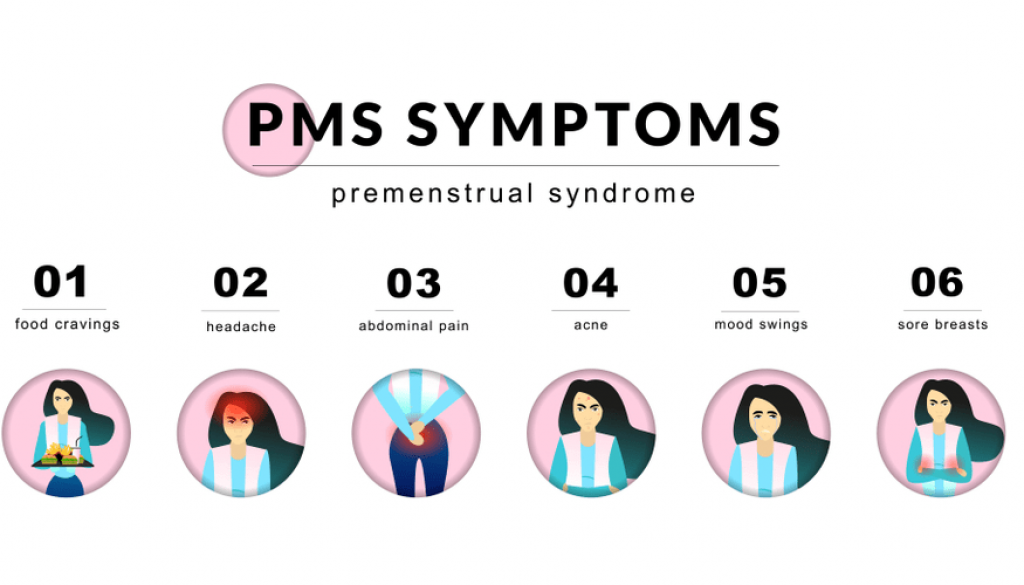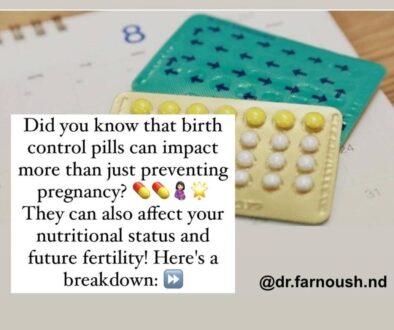Premenstrual Syndrome (PMS) Natural Treatment Options
Premenstrual Syndrome (PMS)
is a syndrome with cyclic recurrence during the luteal phase of the menstrual cycle causing physical, mental and behavioral disturbances; severe enough to affect interpersonal relationships or interfere with normal activities. More than 150 symptoms have been associated with PMS. Although most women experience symptoms prior to/during their menses, if it is not disrupting your activities and relationships then it’s not PMS. Most women, however, don’t seek help until they are in their 30s (often after experiencing 10+ years of symptoms).
- PMS affects 20% to 40% of women
- Up to 20% experience moderate symptoms
- Up to 40% have mild to moderate but bothersome symptoms
Premenstrual Dysphoric Disorder (PMDD)
Is a more severe form of PMS with many mental/emotional symptoms
To be diagnosed with PMDD:
| One or more of the following symptoms must be present: 1. Marked depressed mood, or feelings of hopelessness 2. Marked anxiety, tension, feelings of being “keyed up” or “on edge”.
3. Marked affective lability (e.g., feeling suddenly sad or tearful or increased sensitivity to rejection). 4. Persistent and marked anger or irritability or increased interpersonal conflicts. | One (or more) of the following symptoms must additionally be present to reach a total of 5 symptoms when combined with symptoms 1-4 noted aside: 5. Decreased interest in usual activities (e.g., work, school, friends, hobbies). 6. Subjective sense of difficulty in concentrating. 7. Lethargy, easy fatigability, or marked lack of energy. 8. Marked change in appetite, overeating, or specific food cravings. 9. Hypersomnia or insomnia. 10. A subjective sense of being overwhelmed or out of control. 11. Other physical symptoms, such as breast tenderness or swelling, headaches, joint or muscle pain, a sensation of “bloating,” or weight gain. |
**The disturbance markedly interferes with work/school or usual social activities and relationships (e.g., avoidance of social activities, decreased production and efficiency at work or school).
**The disturbance is not merely an exacerbation of the symptoms of another disorder, such as major depressive disorder, panic disorder, dysthymic disorder, or a personality disorder (although it may be superimposed on any of these disorders).
Contributory factors:
- Women with pre-existing emotional difficulty or distress are more likely to experience PMS symptoms.
- Anxiety and anxiety disorders (such as GAD or panic disorder) and depressive symptoms are often exacerbated by PMS.
- Women who have painful or heavy menstrual periods are very likely to experience distress in the days leading up to their period; such as lack of social support, financial or occupational concerns may be risk factors.
Naturopathic Solutions to PMS:
Compared to women without PMS, women with PMS consume:
- 275% more refined sugar
- 79% more dairy products
- 78% more sodium
- 62% more refined carbohydrates
- 77% less manganese
- 53% less iron
Preliminary data shows some benefit with:
- Ginkgo Biloba
- Magnesium
- Saffron
- John’s Wort
- Soy
- Vitamin E
- Magnesium
- B Vitamins
**Magnesium deficiency, in particular, is strongly correlated to PMS symptoms. Women with PMS have been shown to have low levels of magnesium in their red blood cells.
Sodium restriction – Minimize bloating, fluid retention, and breast swelling/tenderness
Caffeine restriction – Minimize irritability and insomnia, and breast tenderness in women with PMS
Smoking cessation – women who smoke experience greater levels of PMS symptoms
Stress reduction- worsens mood disturbance associated with PMS
Aerobic exercise- reduces PMS symptoms by:
- Reducing estrogen levels
- Decreasing circulating catecholamines
- Improving glucose tolerance
- Raising endorphin levels
Fiber-rich, low-fat diets- may be beneficial because they reduce blood levels of estrogen.
References:
https://www.webmd.com/women/pms/default.htm







